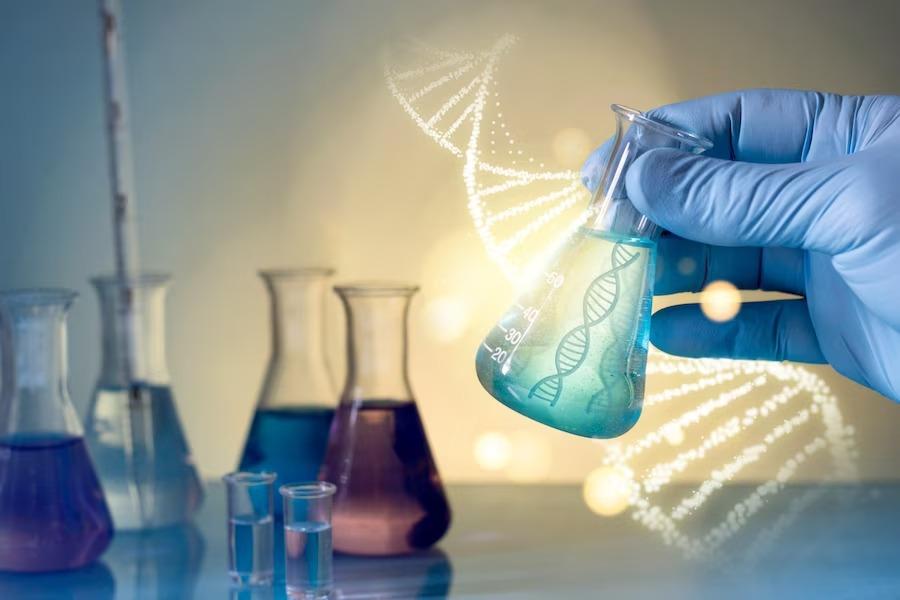
SOME OF THE MOST COMMON HEMATOLOGY TESTS INCLUDE:
-
1. Blood glucose:This test measures the level of glucose in the blood.
-
2. Hemoglobin A1C: These tests measure the levels of blood sugar, insulin, and other hormones involved in diabetes. Diabetes is a condition in which the body cannot regulate blood sugar levels.
-
3. Creatinine: This test measures the level of creatinine in the blood. Creatinine is a waste product that is produced by the muscles
-
4. Blood urea nitrogen (BUN): This test measures the level of urea nitrogen in the blood. Urea nitrogen is a waste product that is produced by the liver.
-
5. Sodium: This test measures the level of sodium in the blood. Sodium is an electrolyte that helps to regulate the body’s fluid balance.
-
6. Potassium: This test measures the level of potassium in the blood. Potassium is an electrolyte that helps to regulate the body’s electrical activity.
-
7. Chloride: This test measures the level of chloride in the blood. Chloride is an electrolyte that helps to regulate the body’s fluid balance.
-
Chemistry testing is an important part of a comprehensive medical evaluation. These tests can help to diagnose a variety of conditions and to monitor the effectiveness of treatment.
HERE ARE SOME OF THE BENEFITS OF CHEMISTRY TESTING:
-
1. These tests can be used to diagnose a variety of conditions, including diabetes, kidney disease, and liver disease
-
2. It can help to monitor the effectiveness of treatment for these conditions.
-
3. It can help to assess the risk of complications from these conditions.
HERE ARE SOME OF THE LIMITATIONS OF CHEMISTRY TESTING:
The results of chemistry tests can be affected by a variety of factors, including diet, medications, and underlying medical conditions.
